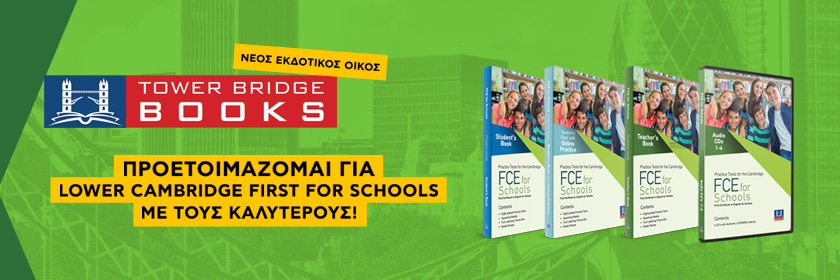A panicked student confronts a blank laptop screen late at night. A frazzled teacher sits in front of a pile of yet-to-be-graded essays the following evening. Long writing assignments can cause fear and anxiety for students and teachers.
Some educators avoid assigning writing, believing that they don’t have the time to either incorporate such a project or grade it. Thankfully, writing assignments need not belong in order to be effective. If you don’t wish to assign a potentially time-consuming project, try these short assignments to help students become better writers and thinkers.
SUMMARIZING FOR COMPREHENSION
Summaries are an easy way to incorporate writing into any subject. They are a valuable way to challenge students to concisely identify the main details, themes, or arguments in a piece of writing. The longer the reading assignment, the more demanding the process of writing a cogent summary.
Teach students how to engage the text in a conscientious manner, reading the material while noting its most important elements. I periodically ask my students to write a 50-word summary on a textbook chapter, an exercise that many of them find exceedingly difficult at first. Gradually they become more confident in distilling an author’s main points.
Share the best work with the class, underscoring the components of particularly effective summaries. When students hear the summaries of others, they develop a greater understanding of how to construct their own.
PROMPT WITH QUESTIONS
Part of our jobs as teachers involves giving students the tools to continue learning new information on their own, as well as equipping them with the desire and skills to challenge their own biases. All of this involves teaching young people how to craft incisive questions.
Review with students the importance of questioning, and introduce to them different question-writing techniques, pausing before calling on a particular student to encourage every student to think about the answer.
Have students write a single-sentence question in response to a piece of nonfiction or fiction writing. Then, assign students to answer each other’s questions with another carefully constructed sentence. Each student should have a piece of writing—a question and an answer—that is roughly two sentences in length for teachers to review.
Consider employing question prompts such as Bloom’s question starters. Teachers can tailor the complexity and specificity of these prompts to the needs of the student.
ENCOURAGE CREATIVE RESPONSES
Short writing assignments can also be more imaginative assignments. Consider, for instance, asking students to adopt the voice of a historical figure:
Thomas Jefferson composing a three-sentence response to Hamilton’s banking plan.
Theodore Roosevelt tweeting his opinions on modern antitrust investigations of Google, Facebook, and Apple.
A series of text messages between George Washington and Franklin Delano Roosevelt about whether the Lend-Lease Program is a harmful “entangling alliance.”
English teachers, for example, may want to incorporate fictional characters into their creative-response assignments to require students to practice inferring a character’s thoughts. English teachers can use these creative responses as brief, but powerful, assessment tools for reading comprehension.
KEEP IT SHORT
A student is never too old to revisit the basics of writing, and educators should not underestimate the importance of teaching students how to construct compelling and grammatical sentences.
Any short writing assignment can be reduced to a single sentence. Some options include the following:
Write a sentence-long summary of an article or book.
Describe the main idea of the piece in one sentence.
Complete a one-sentence story or memoir.
One-sentence assignments push students to meticulously choose the right words and structure to convey their points.
A CHANCE FOR COLLABORATION
Short writing assignments offer many opportunities for collaboration between disciplines.
Try incorporating vocabulary words or techniques that students are learning in other classes into a short writing assignment. A history teacher might ask students to write a summary of a reading using vocabulary from their English class. A history teacher could also integrate a book or short story from an English class. These techniques need not be limited to the humanities and social sciences. STEM instructors could assess informative or explanatory writing skills by asking students to compose a list of sentences outlining the steps they took to solve a problem or create something.
MECHANICS MATTER
Good writing on any subject demands proficiency in content and form. Short writing assignments allow busy teachers to pay attention to grammar and punctuation.
When assigning a short writing project, a teacher may wish to require some structural element (“incorporate a quote” or “use at least two compound sentences in your response”). Whatever the case, educators should stress the importance of grammar, punctuation, style, and syntax.
Mark Twain famously wrote, “I didn’t have time to write a short letter, so I wrote a long one instead.” Trying to get a point across in a few words or sentences is often more challenging than going on for many pages. Short assignments also require students to self-edit—a skill that is valuable throughout school and in their working life.
Short writing assignments allow for fun, quick, and stimulating ways of teaching valuable writing skills.
By Benjamin Barbour








